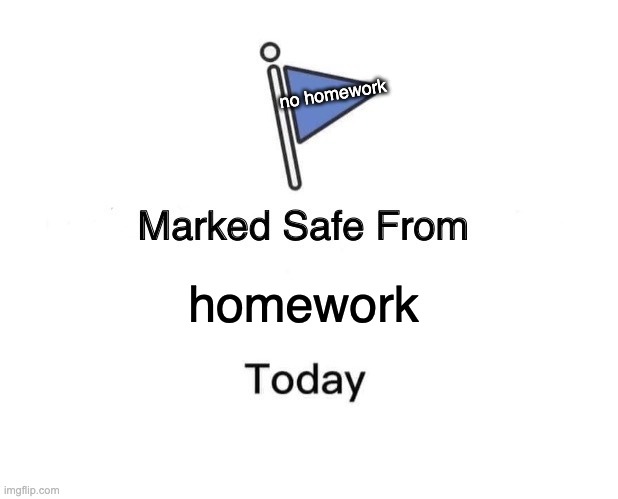

So what Finland knows about homework that the rest of the world does not? There is no simple answer, as the success of education system in Finland is provided by many factors, starting from poverty rates in the country to parental leave policies to the availability of preschools. It is worth to mention that the world has caught onto this idea and, according to the latest OECD report, the average number of hours spent by students doing their homework decreased in nearly all countries around the world. In fact, according to OECD, the more time students spend on homework, the worse they perform in school.įinnish education approach shows the world that when it comes to homework, less is more. Though there are some exceptions such as education system in Japan, South Korea, and some other Asian countries. It means that despite the belief that homework increases student performance, OECD graph shows the opposite. Nevertheless, these are exactly Finnish students who lead the world in global scores for math and science. For example, an average high school student in the US has to spend about 6 hours a day doing homework, while in Finland, the amount of time spent on after school learning is about 3 hours a day. The Organization for Economic Cooperation and Development (OECD) keeps track of such policies and compares the amount of homework of students from different countries. There are different homework policies around the world. Finnish people believe that besides homework, there are many more things that can improve child’s performance in school, such as having dinner with their families, exercising or getting a good night’s sleep.

The truth is that there is nearly no homework in the country with one of the top education systems in the world. How many parents are bracing themselves for nightly battles to get their kids to finish their homework every year with the beginning of a school year? Thousands and thousands of them. © fightbegin | - Finnish schoolchildren visiting Hameen castle


 0 kommentar(er)
0 kommentar(er)
